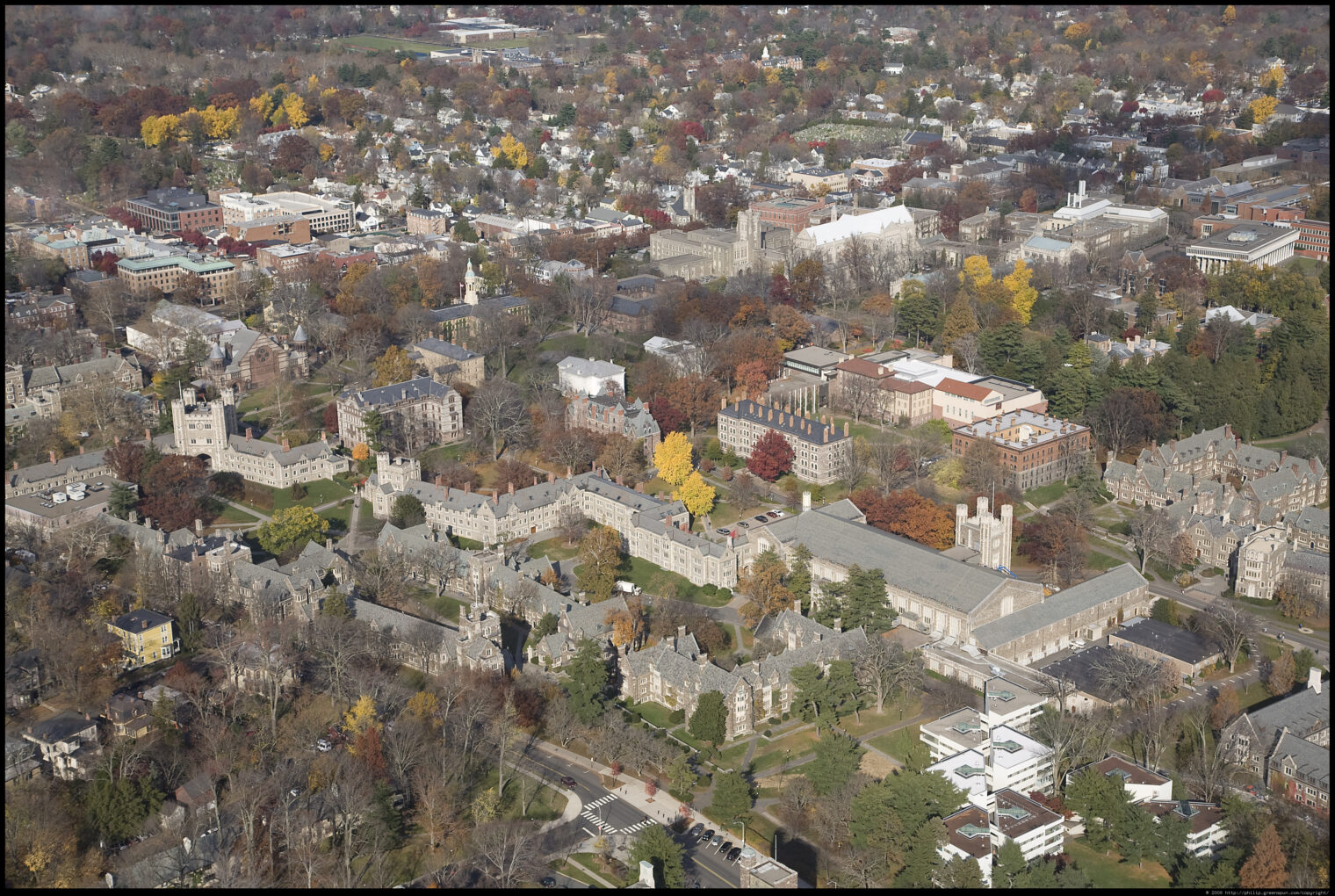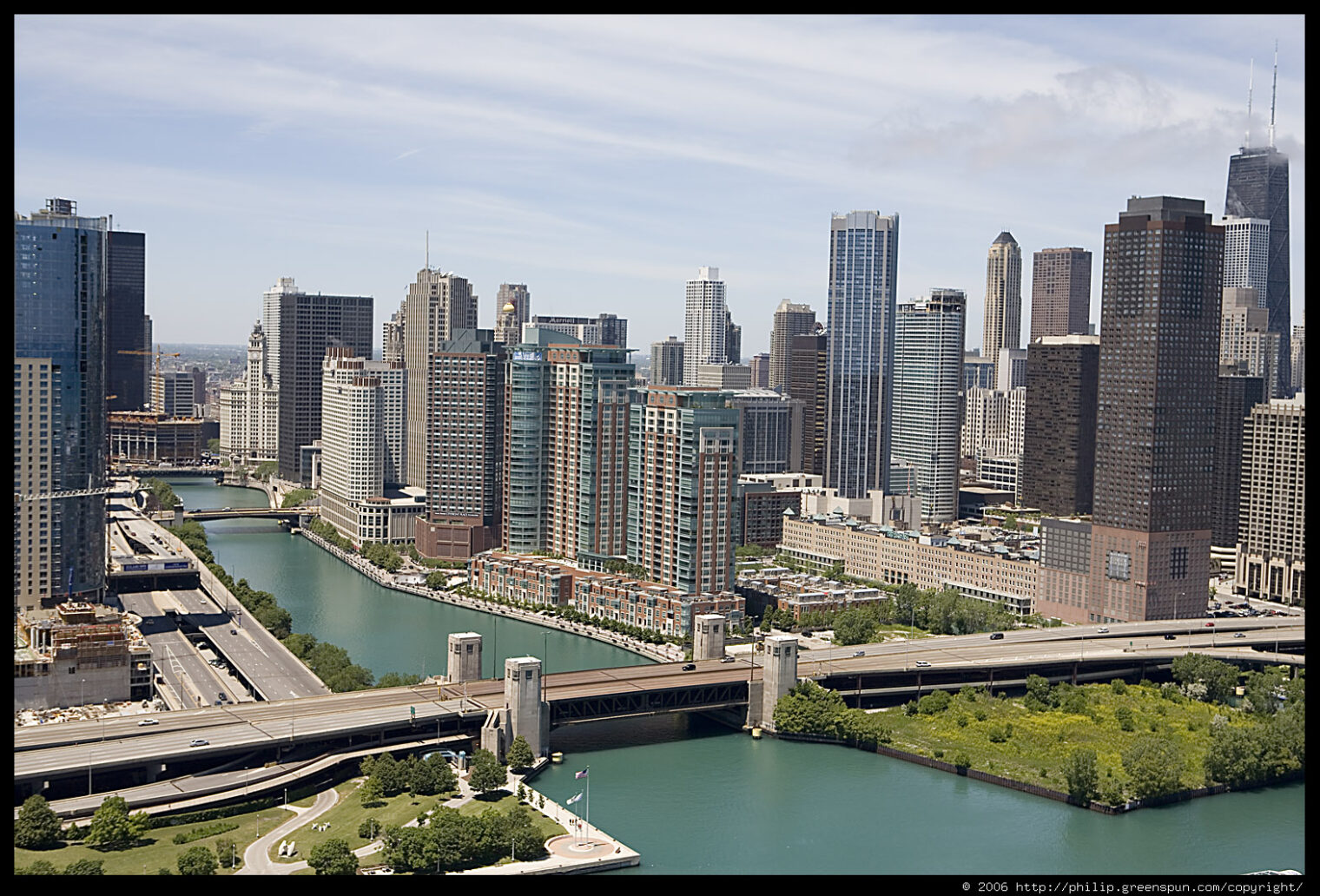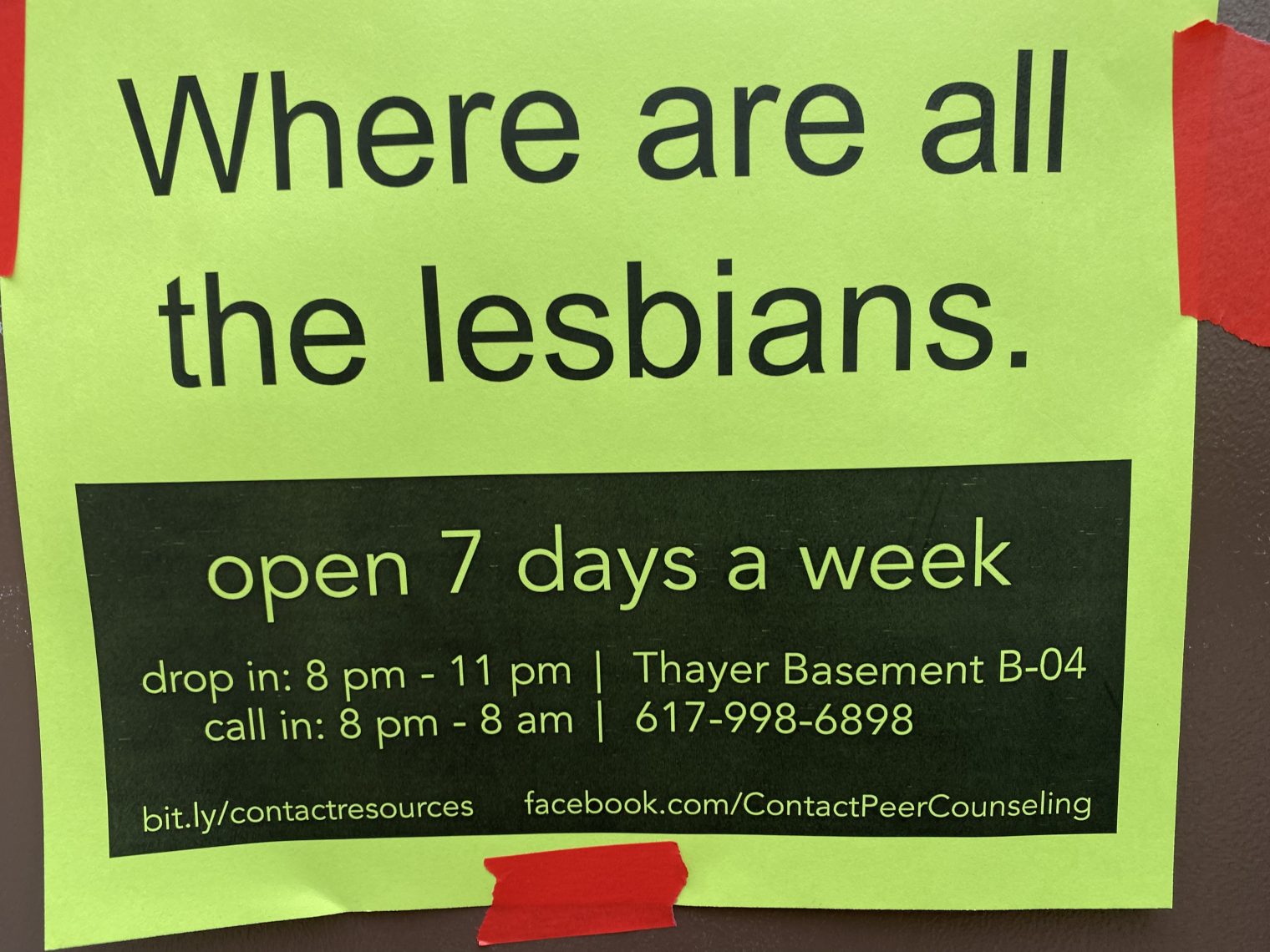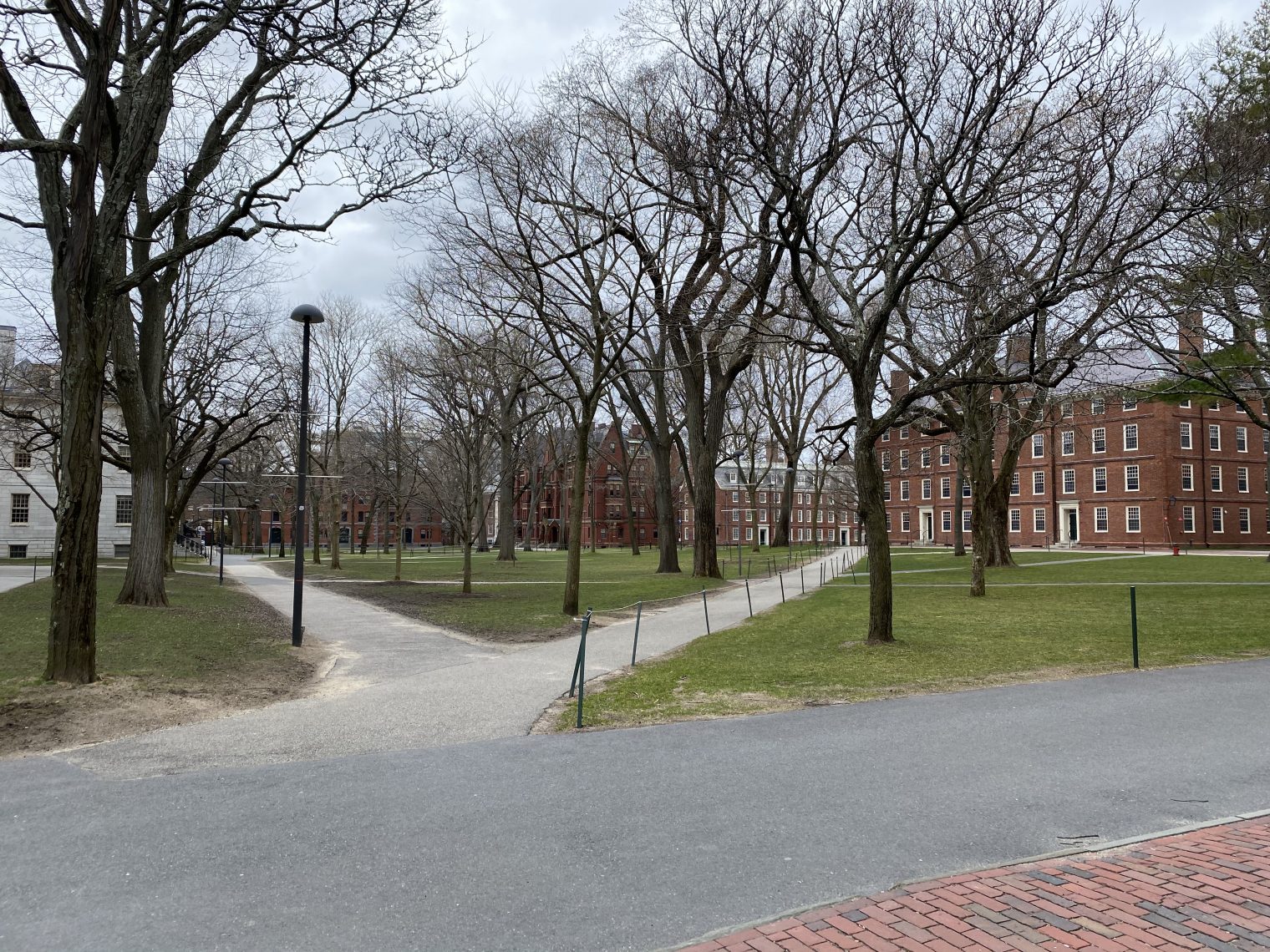How are Californians doing in restoring their race-based university admissions scheme?
“A Detailed Look at the Downside of California’s Ban on Affirmative Action” (NYT, August 21):
Twenty-four years ago, California was consumed by debate over affirmative action. A charismatic Black businessman named Ward Connerly led support for Proposition 209, a ballot initiative to ban racial preferences in admission to the state’s world-renowned public universities. The measure passed with 55 percent of the vote and inspired similar changes in nearly a dozen other states.
This November, with an initiative to repeal Proposition 209 on the ballot, California voters will have the opportunity to change their minds.
How are the polls on this one? The New York Times says we need to go back to state-run racism and it will actually be the best thing for the Asian kids who don’t get into the colleges of their choice:
Ending racial preferences in a state university system harmed Black and Hispanic students while doing little to lift whites and Asian-Americans, a study asserts.
Buried in the middle:
Of course, selective university admissions is a zero-sum game. For every Black and Hispanic student excluded by Proposition 209, another student, probably white or Asian-American, took their place. But in focusing on those who got into the most selective U.C. campus at Berkeley, the study found that white and Asian-American students received little concrete benefit from the policy. Mr. Bleemer’s study suggests they would have otherwise enrolled in an equally selective college elsewhere, and had the same chances to graduate and begin successful careers.
The Asian kids weren’t harmed because they earn a lot of money anyway even if they don’t get to attend UC Berkeley at a low cost. But maybe this is just a restatement of what economists have found, i.e., that being smart enough to get into an elite college is a great predictor of income, but attending an elite college isn’t that relevant (summary: what is taught in college is of minimal economic value).
Readers: What’s your prediction about how the California righteous will vote on this one? Will there be a rush to hire Victimhood Studies graduates to restart the sort-by-skin-color system for college applications?
My prediction: Census data show that California is 39.4 percent Hispanic. There’s another roughly 6.5 percent who are Black (and whose lives therefore matter!). Ignoring that these categories may overlap to some extent, my prediction is that 45 percent of Californians vote for to bring back race-based admissions out of self interest (since it is designed to help Black and Hispanic applicants; this number might be off if a lot of the folks in the designated victimhood categories are ineligible to vote due to not being citizens). Then add 15 percent of the remainder. These could be white people who aren’t going to have children, for example. Voting to restore race-based admissions can make them feel good without any personal sacrifice or sacrifice for anyone they care about. That’s 8 percent. So the ballot Proposition passes by 53-47.
Related:
- “Kamala’s America?”: California today boasts a fabulously rich technology elite; it’s also home to the highest poverty rate among the states, adjusted for costs, according to the U.S. Census. Under its largely one-party regime, notes liberal economist James Galbraith, California has seen inequality grow at among the fastest rates in the country. The state endures the widest gap between middle and upper incomes in the country—72 percent, compared with a national average of 57 percent.
- “Prop 16 confusion: Affirmative action ballot measure struggling in polls” (NBC): … despite the recent political wave in favor of social justice, the ballot measure isn’t polling particularly well. Why? It may have something to do with the measure’s confusing wording. … “Watching a focus group with Black voters from Los Angeles, they all said no we won’t vote for this as it was read to them,” said Eva Patterson, who co-chairs the Yes on 16 campaign. “Then we explained that it was in favor of affirmative action and equal opportunity, and they all said, ‘Of course we’ll vote for this.'” … The latest polling on Proposition 16 shows 31% of Californians in favor, 47% opposed and 22% unsure. In the Bay Area, the numbers are a bit more in favor of the measure: 40% for, 41% against and 19% not sure. [It is “equal opportunity” because opportunity is based on skin color and anyone who wants to can follow Justin Trudeau’s lead in adjusting skin color?]







